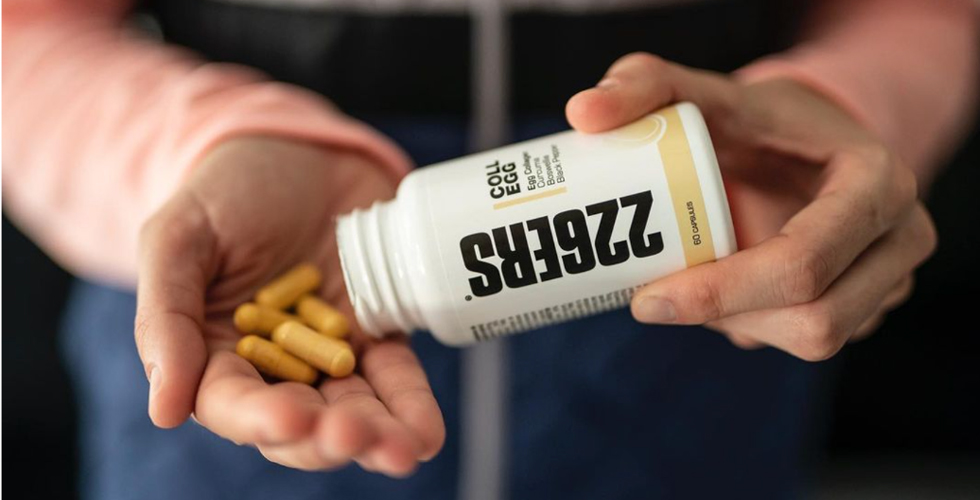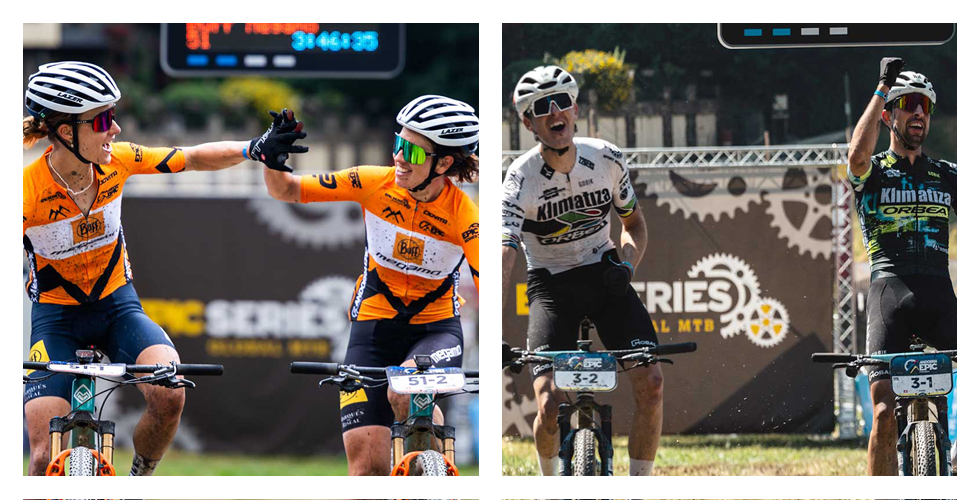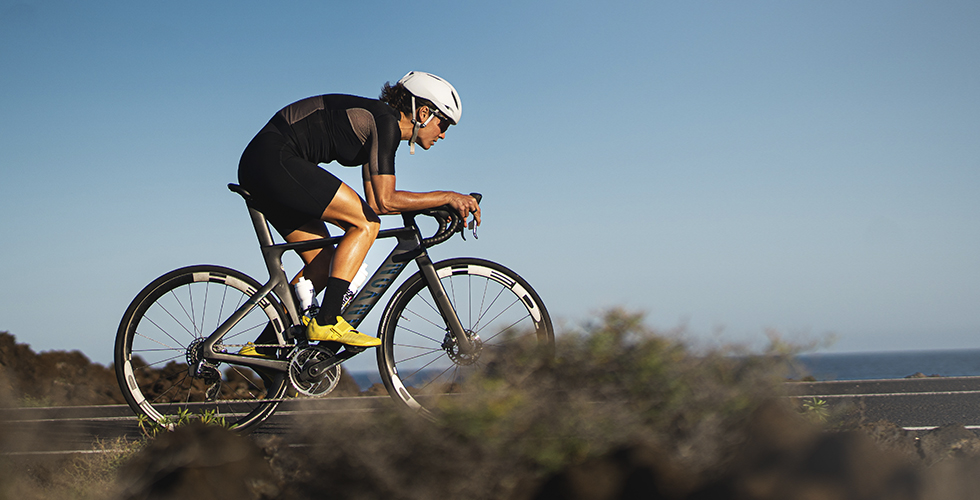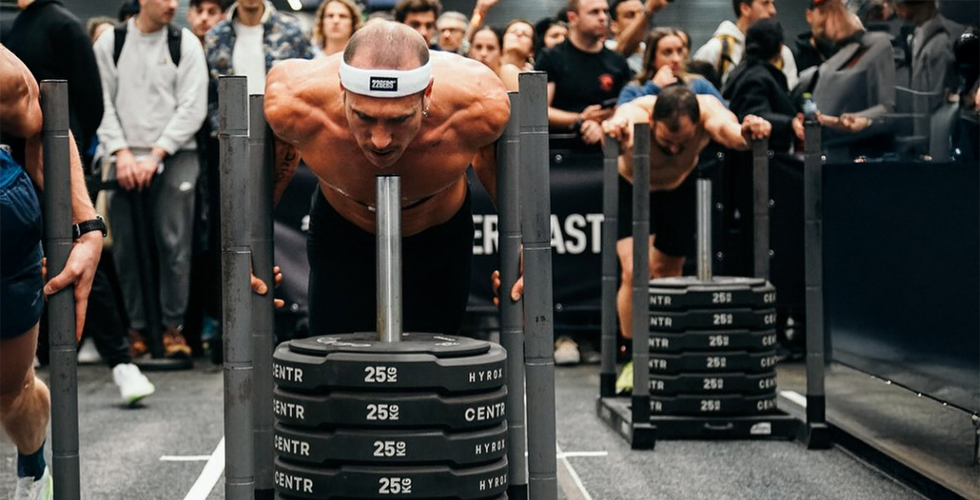Tabla de contenidos
ToggleDuring the year’s hottest months, the athlete’s hydration requirements increase considerably. Heat and humidity increase liquid and electrolyte loss through sweat, which can negatively affect performance and even turn into a health hazard. This article analyses the importance of a correct hydration while competing and offers useful guidelines for maximum performance and minimal risks.
Why’s hydration key under extreme heat?
In hot environments, the body sweats more to balance its temperature. This natural mechanism is efficient but entails a rapid loss of liquids and essential minerals. If they aren’t properly replenished, performance decreases and the risk of suffering cramps, dehydration or heat strokes, increases. Hydration must be a key part of the sports strategy in these conditions.
How does heat affect sports performance?
Heat impacts directly on the athlete’s body:
- Increases perceived exertion.
- Decreases aerobic capacity.
- Diminishes coordination and decision making.
- Decreases muscle performance.
- Increases premature fatigue.
Only a 2% body weight loss in the form of water can already cause a negative impact on physical and mental performance.
Liquid and electrolyte loss: what you need to know
Sweat contains water but also key electrolytes for the body’s functioning:
- Sodium: essential for muscle contraction and fluid balance.
- Potassium: favours liquid balance and takes part in muscle function.
- Magnesium: helps muscle relaxation and prevents cramps.
- Calcium: important for muscle functioning and the nervous system’s signalling.
Before competing
- Within the previous 24 hours, take 1.5 to 2 litres of water or a drink with electrolytes.
- Two hours before the start, drink around 500 ml of liquid.
- Between 15 to 30 minutes before, take small sips of 150-250 ml.
During the the competition
- Drink every15-20 minutes, about 150 to 250 ml.
- For efforts lasting more than an hour, use isotonic drinks containing electrolytes and carbohydrates.
- Adjust the amount according to individual sweat rate and environmental conditions.
After competing
- Replenish at least 150% of the weight lost as liquid (for example, if 1 kg is lost, rehydrate with 1.5 litres).
- Combine water with drinks rich in electrolytes and carbohydrates to favour muscle and metabolic recovery.
Suitable kind of drinks
- Water: suitable in short and low intensity workouts, or mild weather.
- Isotonic drinks: designed to replenish liquids, electrolytes and energy. Suitable for intense and long efforts.
- Hypertonic drinks or electrolyte supplements: useful to replenish electrolytes under extreme conditions. Supply a high concentration of minerals and are frequently combined with carbohydrates.
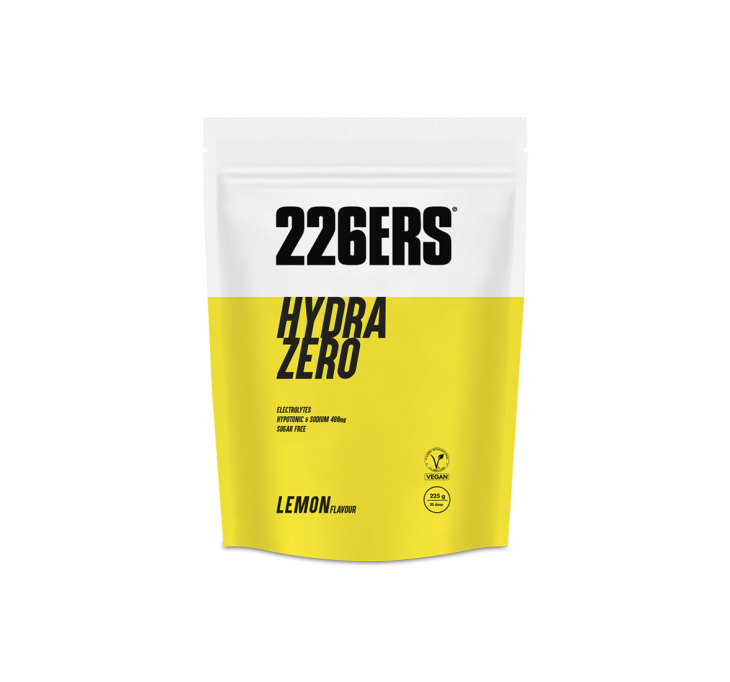
HYDRAZERO - Bebida Hipotónica - 225g
HYDRAZERO es una bebida hipotónica de sales minerales imprescindibles a la hora de realizar ejercicio ya que debemos reponer los electrolitos perdidos para rendir bien, no solo en las competiciones sino también en los entrenamientos.
Su uso está especialmente recomendado a la hora de hacer ejercicio como hidratación y como recarga de depósitos de sales minerales previas a competiciones y recuperación de los niveles de sales minerales después del ejercicio físico.
Common sports nutrition mistakes in summer
- Drinking only when thirst appears: thirst is a late indicator of dehydration.
- Hydrating only with water during long competitions: can cause hyponatraemia (low concentration of blood sodium).
- Not personalising the hydration strategy: each athlete has a different sweat rate.
- Overlooking liquid replenishment after exercising.
Endurance sports (running, cycling, triathlon)
- Weigh yourself before and after training to know the amount of liquid lost.
- Use hydration packs or belts if hydration stations aren’t frequently available.
- Combine water with isotonic drinks and energy gels containing electrolytes.
Team sports (football, basketball, rugby)
- Use time-outs to rehydrate.
- Alternate water and electrolyte drinks during long workouts.
- Minimise direct sunlight exposure and search for shades during time-outs.
Strength sports
- Hydrate before, during and after training, besides not feeling thirsty.
- Take into account that sweat can be less obvious but the losses equally significant.
Hydration as a performance and prevention tool
Hydrating properly in extremely hot conditions is an essential part of an athlete’s preparation. It’s not only about drinking water, but planning liquid and electrolyte replenishment to maintain performance and prevent health problems. Adjusting hydration to the type of sport, exercise duration and environment can set the difference between finishing strong or withdrawing due to fatigue.
Frequent doubts
How much water should I drink during a summer race?
It’s suitable to drink between 150 and 250 ml every 15-20 minutes, depending on the sweat rate and heat.
Is plain water enough for a marathon?
No. During long and hot races it’s necessary to replenish electrolytes and carbohydrates with isotonic drinks or gels.
How do I know if I’m dehydrated?
Some signs are intense thirst, fatigue, cramps, headache, dizziness and dark coloured urine.
Can you drink too much water?
Yes. Excess water without electrolyte replenishment can cause hyponatraemia, a dangerous situation.
Which are the most important electrolytes for an athlete?
Sodium, potassium, magnesium and calcium are essential for a proper liquid balance and muscle functioning.


